Weekly Newsletter
Curated articles every weekApplied Sports Science Weekly Digest #358
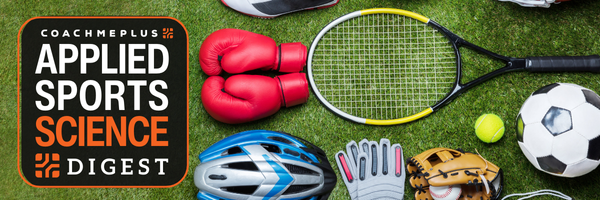
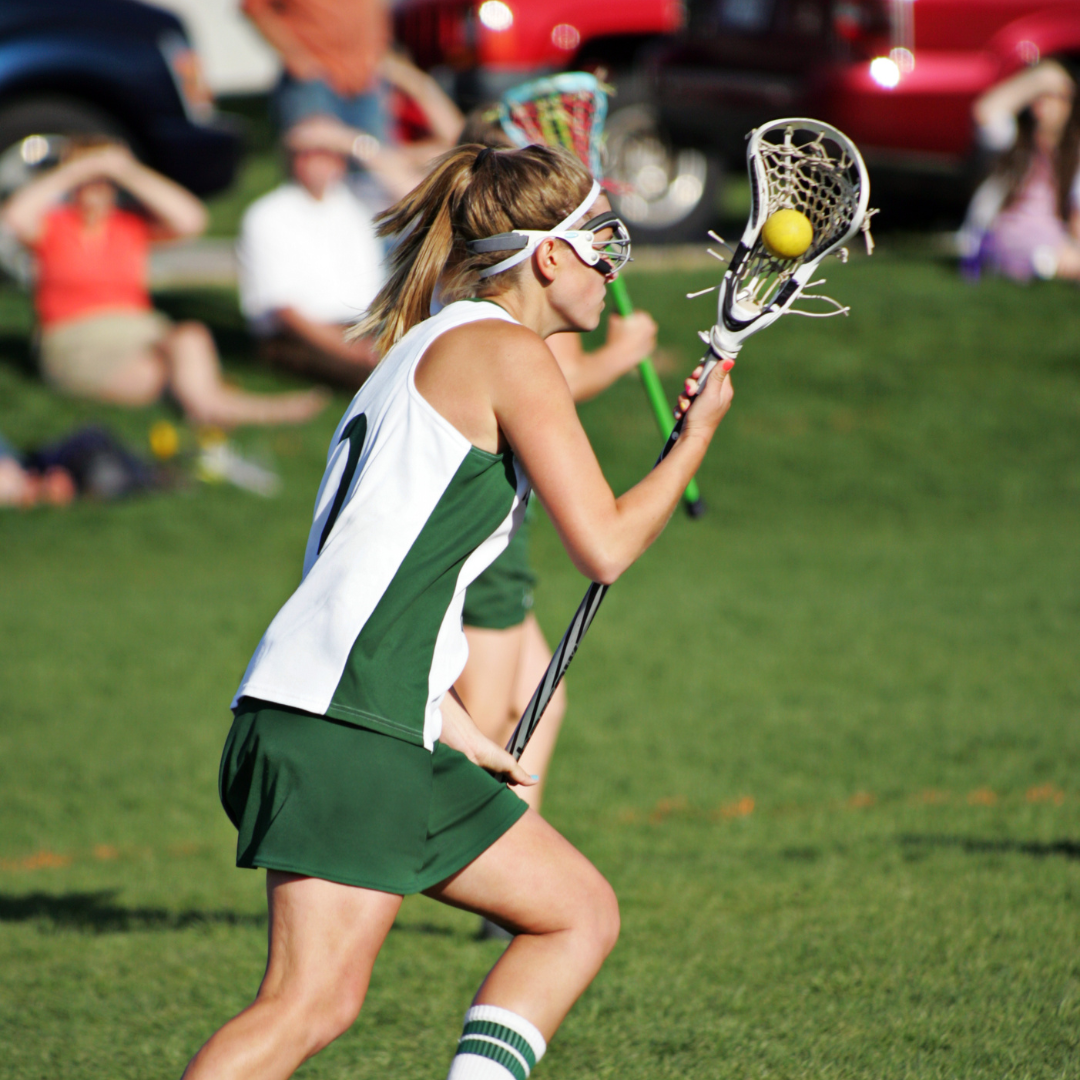
Frontiers in Sports and Active Living | June 2024
Between-rater reliability for using radar technology to quantify maximal horizontal deceleration performance in NCAA division 1 American football and female lacrosse athletes
“Our data suggests that if a foundational understanding and agreement of manual data processing procedures for radar-derived data is given between raters, metrics may be interpreted with moderate to excellent levels of confidence.“

Frontiers in Sports and Active Living | June 2024
Multiplex influences on vigilance and biochemical variables induced by sleep deprivation
“This study demonstrates that SD influences biochemical, physiological, cognitive variables, and the significantly changed variables may serve as candidates of SD markers.“
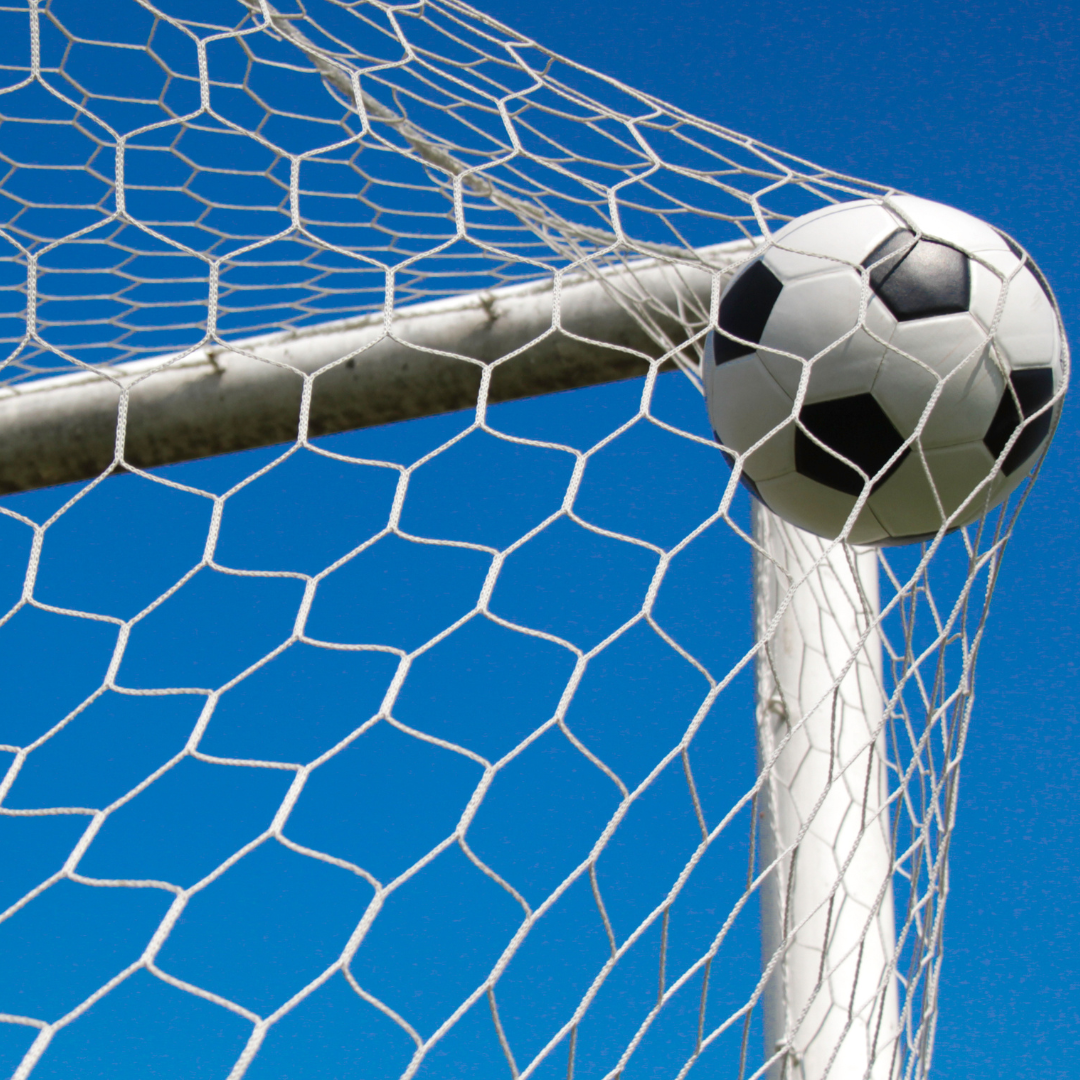
Journal of Sport and Health Science | June 2024
A marathon, not a sprint: Increasing population physical activity as a legacy of sports mega-events
“The withdrawal of Australia as hosts for the Commonwealth Games in 2026 demonstrates that large international sporting events are more than just sporting mastery, medals, and memories.”
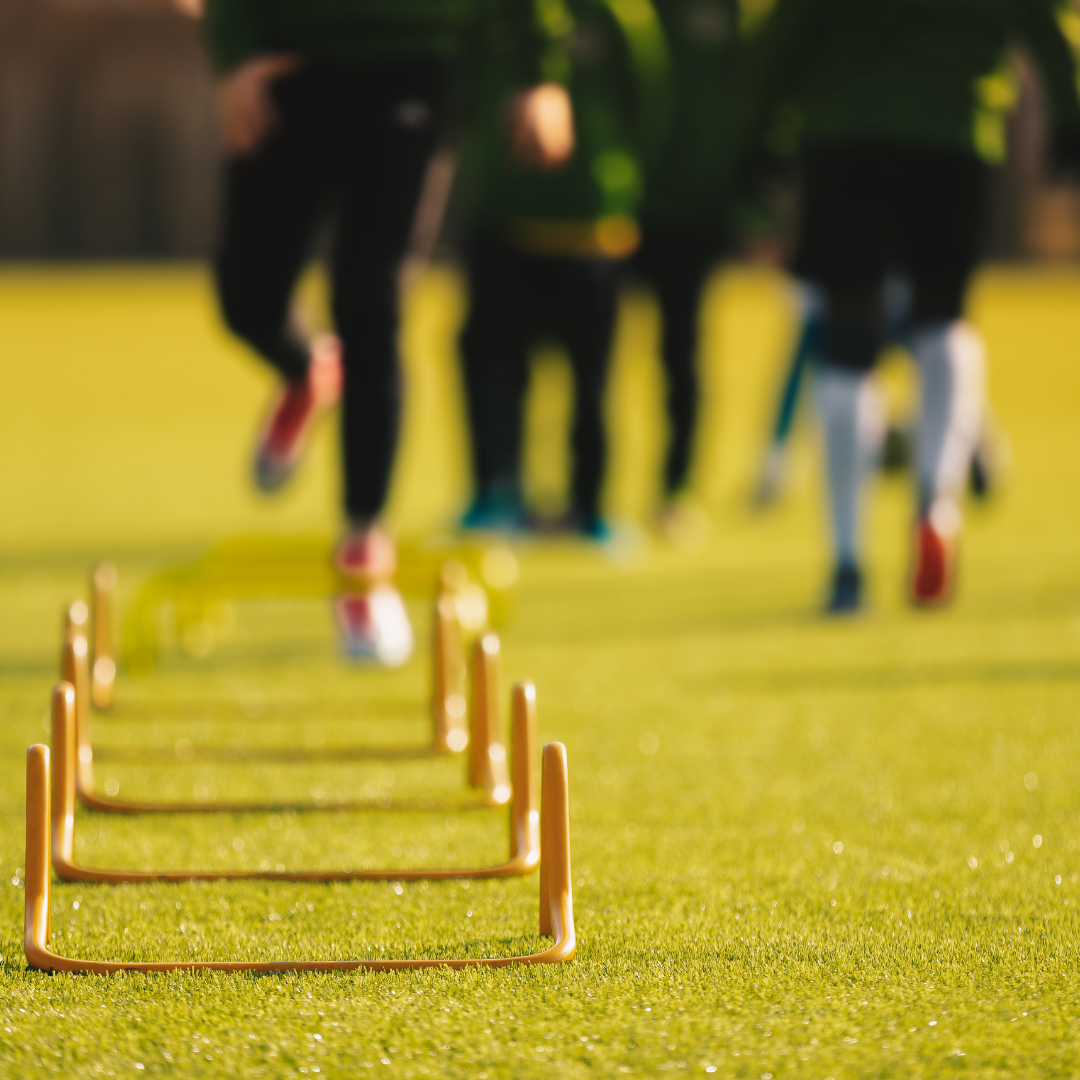
Physical Therapy in Sport | July 2024
Are demographics, physical function and psychological response associated with return to sport at one year following ACL-reconstruction?
“The significant contribution of hip abduction strength and psychological readiness to RTS was still relatively small, suggesting other potential factors explaining RTS which may not be captured by common RTS criteria.“
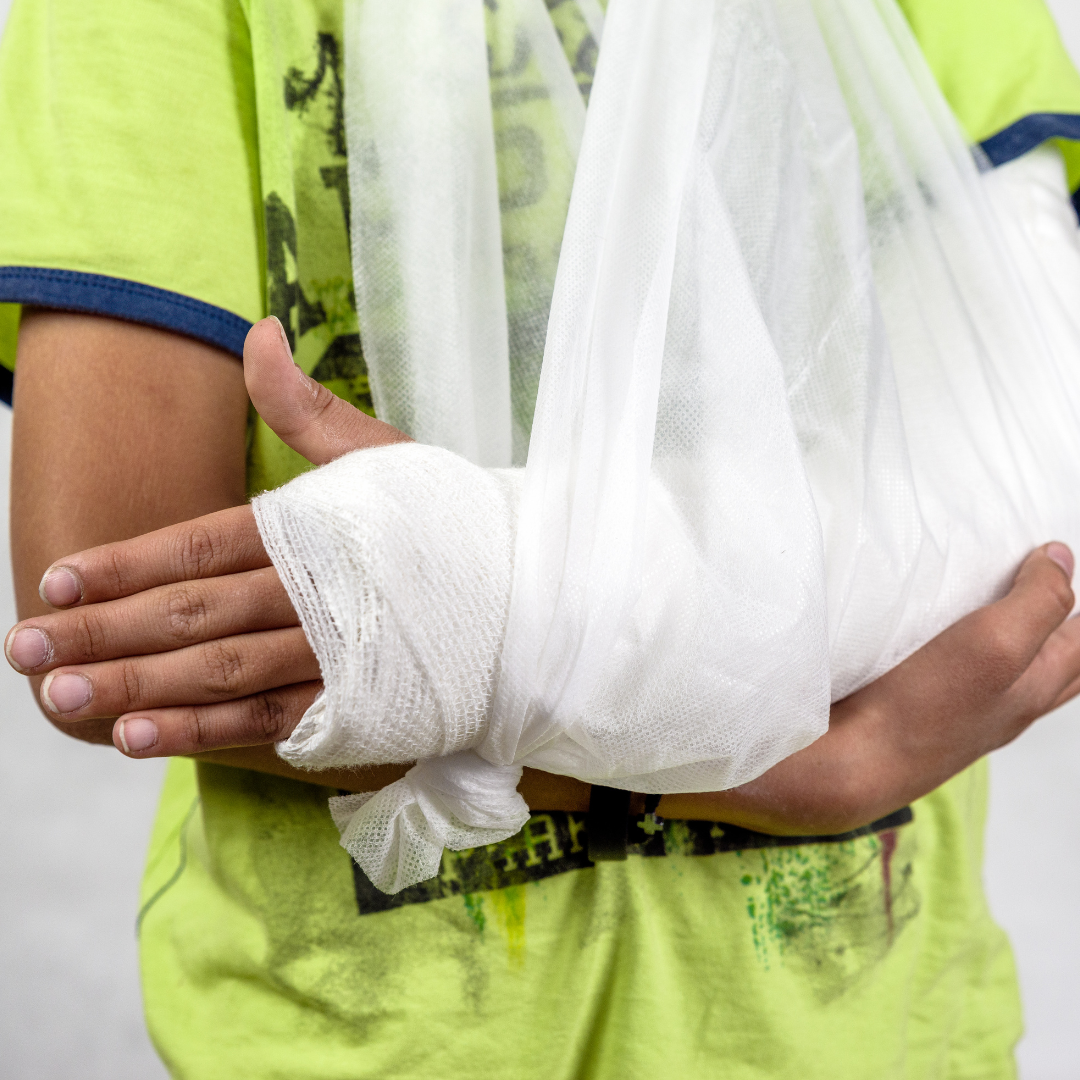
Physical Therapy in Sport | July 2024
Adolescents’ experience with sports-related pain and injury: A systematic review of qualitative research
“Sports-related pain and injury has a multifaceted effect on the adolescent athlete. There is a pervasive fear of re-injury and social isolation, but the desire to return to sports is facilitated through motivation and support.“
Newsletter History
Applied Sports Science Weekly Digest #338
Frontiers in Sports and Active Living | February 2024Assessing the validity of two-dimensional video analysis for measuring lower limb joint angles during fencing lunge"The results of this study will contribute to the development of coaching using 2D video analysis in...
Applied Sports Science Weekly Digest #337
Frontiers in Sports and Active Living | February 2024Differences in run-up, take-off, and flight characteristics: successful vs. unsuccessful high jump attempts at the IAAF world championships"These adjustments reinforce the importance of the run-up in setting the...
Applied Sports Science Weekly Digest #336
Frontiers in Sports and Active Living | January 2024Affective associations towards running: fuzzy patterns of implicit-explicit interaction in young female runners and non-runners"The results of the present study demonstrate that running behavior can vary within IEI...
Research Articles
Suggested articles for further readingBODY COMPOSITION
Jackson, A and Pollock, M. Generalized equations for predicting body density of men. British Journal of Nutrition. 1978;40:497-504. Abstract
Siri, W. Body composition from fluid space and density. Brozek & A. Hanschel (Eds.), Techniques for measuring body composition. 1961;223-244. Abstract
Brozek, J, Grande, F, Anderson, J, and Keys, A. Densitometric analysis of body composition: Revision of some quantitative assumptions. Annals of the New York Academy of Sciences. 1963;110:113-140. Abstract
INJURY PREVENTION IN YOUTH ATHLETES
Chu, D., A. Faigenbaum, and J. Falkel. Progressive Polymetrics for Kids. Monterey, CA: Healthy Learning. 2006
Hewett, T. G. Myer, and K. Ford. Reducing knee and anterior cruciate ligament injuries among female athletes. J Knee Surg 18:82-88. 2005.
Micheli, L. Preventing injuries in sports: What the team physician needs to know. In: F.I.M.S. Team Physician Manual, 2nd ed., K. Chan, L. Micheli, A. Smith, C. Rolf, N. Bachl, W. Frontera, and T. Alenabi, eds. Hong Kong: CD Concept. 2006. pp. 555-572.
RPE (RATING OF PERCEIVED EXERTION)
Pandolf, K, Billings, D, Drolet, L, Pimental, N, and Sawka, M. Differentiated ratings of perceived exertion and various physiological responses during prolonged upper and lower body exercise. European Journal of Applied Physiology and Occupational Physiology. 1984;53:5-11. Abstract
Baden, D, McLean, T, Tucker, R, Noakes, T, and St Clair Gibson, A. Effect of anticipation during unknown or unexpected exercise duration on rating of perceived exertion, affect, and physiological function. J Sports Med. 2005;39:742-746. Abstract
SLEEP
For a more thorough list about sleep, check out Fatigue Science’s extensive research page.
Russel, C., PhD, J.A., PhD, Arand, D., PhD, Myers, L.J., PhD, Wubbels, P., BS, and Downs, H., PhD. Validation of the Fatigue Science Readiband™ Actigraph and Associated Sleep/Wake Classification Algorithms. Archinoetics, LLC.
Globe and Mail. The Globe and Mail, 31 Dec. 2014. Web. 13 Apr. 2015. Article
Mah CD; Mah KE; Kezirian EJ; Dement WC. The effects of sleep extension on the athletic performance of collegiate basketball players. SLEEP 2011;34(7):943-950.
GPS (GLOBAL POSITIONING SYSTEM)
Varley M, Fairweather I and Aughey R. Validity and reliability of GPS for measuring instantaneous velocity during acceleration, deceleration and constant motion. Journal of Sports Sciences. 2012;30(2):121-127. Abstract
Boyd L, Ball K and Aughey R. Quantifying external load in Australian football matches and training using accelerometers. I J Sports Phys and Perf. 2013;8(1):44-51. Abstract
Gabbett T. Quantifying the physical demands of collision sports; does microsensor technology measure what it claims to measure? J Strength and Conditioning Research. 2013;27(8):2319-2322. Abstract
HYDRATION
For a thorough list of publications about hydration, visit the Gatorade Sports Science Institute Publications page.
Osterberg, K, Horswill, C, and Baker, L. Pregame urine specific gravity and fluid intake by National Basketball Association players during competition. Journal of Athletic Training – J ATHL TRAINING. 2009 01-02;44(1):53-7. Abstract
Godek, S, Peduzzi, C, Burkholder, R, Condon, S, Dorshimer, G, and Bartolozzi, A. Sweat rates, sweat sodium concentrations, and sodium losses in 3 groups of professional football players. Journal of Athletic Training. 2010 Jul-Aug; 45(4): 364–371. Abstract
WELLNESS QUESTIONNAIRE
Hooper, S, Mackinnon, L. Monitoring overtraining in athletes: recommendations. Sports Med. 1995;20(5):321–327.
McLean, B, Coutts, A, Kelly, V, McGuigan, M, and Cormack, S. Neuromuscular, endocrine, and perceptual fatigue responses during different length between-match microcycles in professional rugby league players. International Journal of Sports Physiology and Performance. 2010;5:367-383. Abstract
HRV (HEART RATE VARIABILITY)
Holman, A and Ng, E. Heart rate variability predicts anti-tumor necrosis factor therapy response for inflammatory arthritis. Auton Neurosci. 2008;143:58-67. Abstract
Fomin, R and Nasedkin, V. Effective management of athlete preparation: a comprehensive approach to monitoring of athlete’s individual readiness. White paper, Omegawave, ePub. 2013.
FORCE PLATE
Linthorne, N. Analysis of standing vertical jumps using a force platform. American Journal of Physics. 2001. Abstract
Guillaume L, Wagner P, and Tombleson T. Countermovement jump height: gender and sport-specific differences in the force-time variables. Journal of Strength and Conditioning Research. 2013. Abstract
ithlete. Guide to training with heart rate variability (HRV). HRV Fit Ltd. 2012. Download
